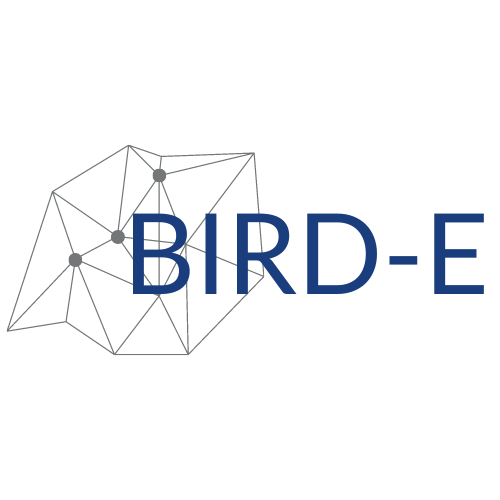Methodology
The Blueprint was designed through a combination of stakeholder engagement and a rigorous methodology developed and vetted by experts. The guiding principles developed by the Steering Committee and Working Groups led to the creation of a methodology that included high quality extensive landscape analysis to understand existing research, standards, and publicly available databases. The design methodology involved understanding application and impact, as well as building a credible evidence-based foundation for creation of the Blueprint. This process underwent rigorous due diligence and pressure testing through user-informed pilots to understand applicability and generalizability of the Blueprint across multiple stakeholder groups. The design methodology and stakeholder review culminated in the creation of the Core and Advanced Blueprint, which is comprised of critical data elements for intervention-based research and evaluation.
Methodology Overview
Landscape Analysis
Natural Language Processing Analysis
A natural language processing analysis was conducted as part of a year-long collaboration between the University of Virginia, led by assistant professor Dr. Brian Wright, and the BIRD-E team. Through the use of natural language processing techniques (such as topic modeling) on the current existing evidence base such as publications within What Works Clearinghouse (WWC), Education Resources Information Center (ERIC) databases, and academic papers published in journals, the team explored ways to harness the power of existing evidence base to understand the dynamics of the evidence base, gaps which may exist, and how to identify opportunities for further research.

